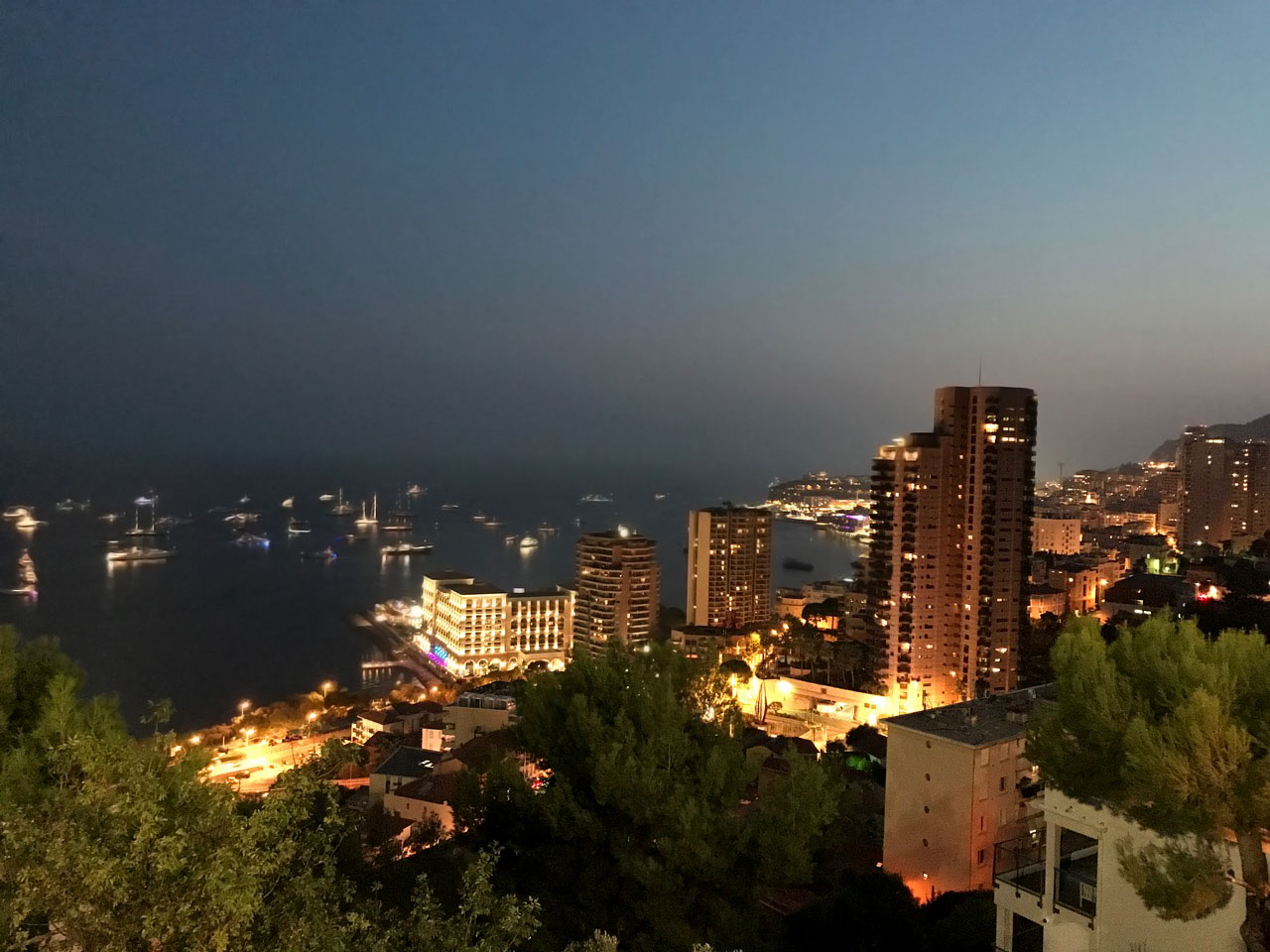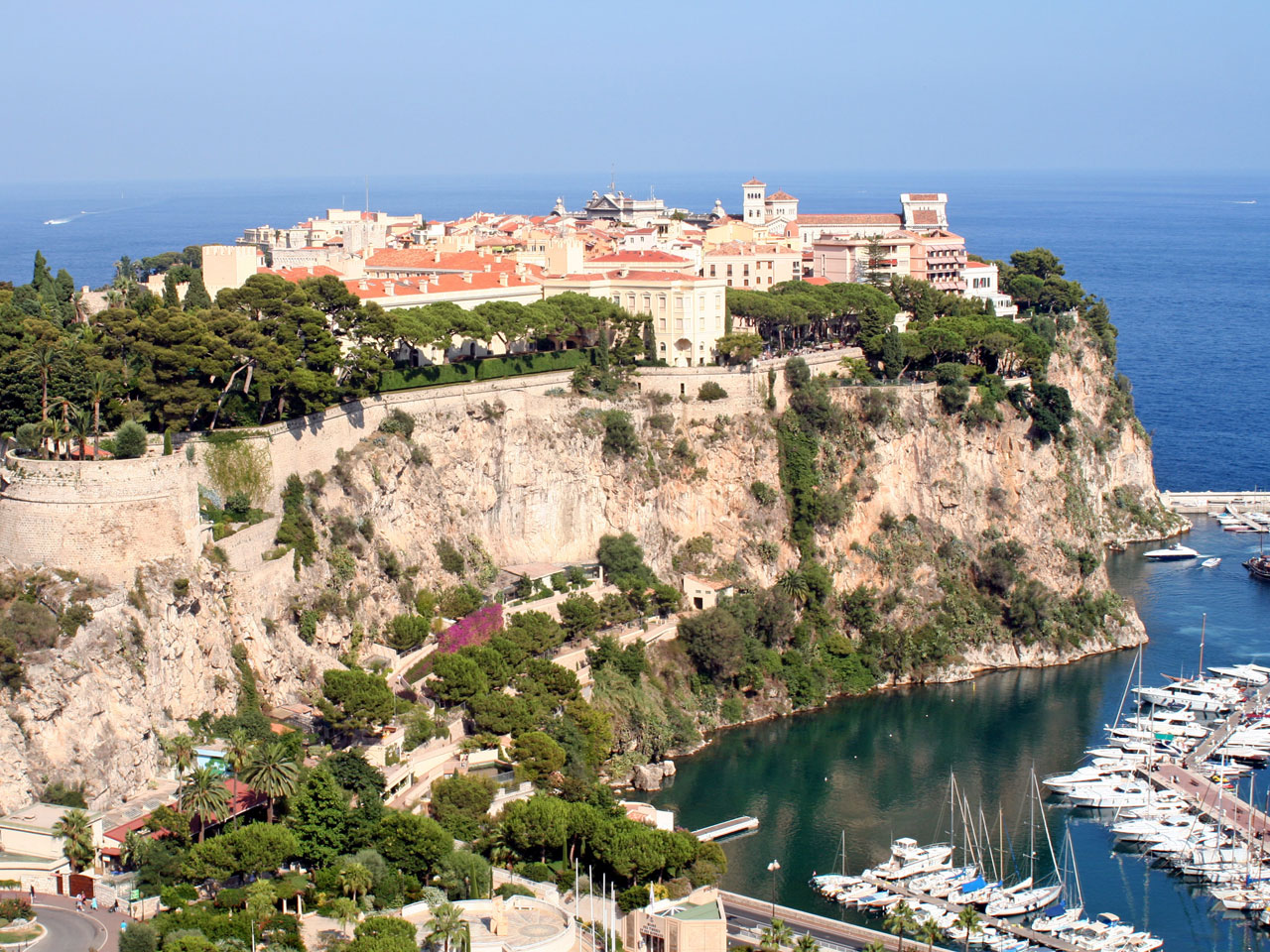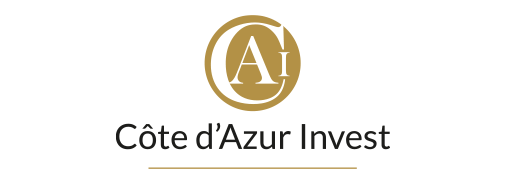History of Monaco
About 300,000 years before Christ, the Rock of Monaco and the natural harbor serve as a refuge for the primitive populations Ligures and Phoenicians.
The Phocaeans of Massalia (Marseille) founds Monoïkos in the 5th century BC. From the 2nd century BC to the 5th century AD, the Romans settle in the region. They use the harbor of Monaco which takes the name of Portus Herculis Monoeci (Port Hercules).
In 1191 Genoa obtains sovereignty over Monaco, and the Ghibellines of Fulco del Cassello build the fortress of the Rock in 1215.
In 1270, a civil war in Genoa pits the Guelfs, supporters of the Pope and the Ghibellines, supporters of the Roman Emperor. Following a victory of the latter, many Guelph families are exiled among which that of Grimaldi. In 1297, François Grimaldi enters the fortress disguised as a Franciscan monk and seizes it.
Monaco (then renamed Fort-Hercule) becomes part of France from 1793 to 1814, and becomes a protectorate of the Kingdom of Sardinia until 1860. Charles III grants France its rights over Menton and Roquebrune by the treaty of 2 February 1861, a clause of which provided for the creation of a customs union between the two States. This will be concluded in 1865.
The Société des Bains de Mer is created in 1856 as well as the Casino. Several hotels are built on the plateau of Spélugues to which, in 1866, is given the name of Monte-Carlo (Mont-Charles, after the name of the reigning Prince).
His son Prince Albert I, nicknamed the "Prince Navigator" or "The Prince Savant", makes great progress in life sciences on the threshold of the twentieth century. He founds in Monaco, in 1910, the famous Oceanographic Museum, which he bequeaths by will to the Oceanographic Institute created by him in Paris.


The constitution of 1911 makes Monaco a constitutional monarchy.
In 1949, Prince Rainier III ascends the throne. His reign is one of those who most transforms the Principality. It intensifies and diversifies the actions implemented during the three previous reigns, as much in the political, diplomatic, international, economic and social fields as in those of education and sport, health, science, culture and communication. He adds an industrial dimension.
On April 18, 1956, Prince Rainier III marries Miss Grace-Patricia Kelly who dies on September 14, 1982. Three children are born of this union: Princess Caroline, Louise, Marguerite, January 23, 1957; Prince Albert, Alexander, Louis, Peter, Hereditary Prince, Marquis des Baux, March 14, 1958; Princess Stephanie, Marie, Elisabeth, February 1, 1965.
In 1962 a new constitution is drafted.
In 1993 Monaco becomes a member of the UN.
In 2004 the Principality of Monaco joins the Council of Europe.
On July 12, 2005, Prince Albert II ascends the throne and succeeds his father Rainier III, who died on April 6, 2005. In his Advent speech, Prince Albert II set new directions and priorities for the development of the Principality. In the foreground, the action for the defense of the environment, the ethical development of the financial sector in order to build in Monaco a pole of reference in the banking field, as well as the strengthening of international relations and the contribution to the arts and to culture.
The wedding ceremonies of S.A.S. Prince Albert II and Miss Charlene WITTSTOCK take place on July 1st and 2nd, 2011.
On December 10, 2014, S.A.S., Hereditary Prince Jacques and S.A.S. Princess Gabriella, are born.




